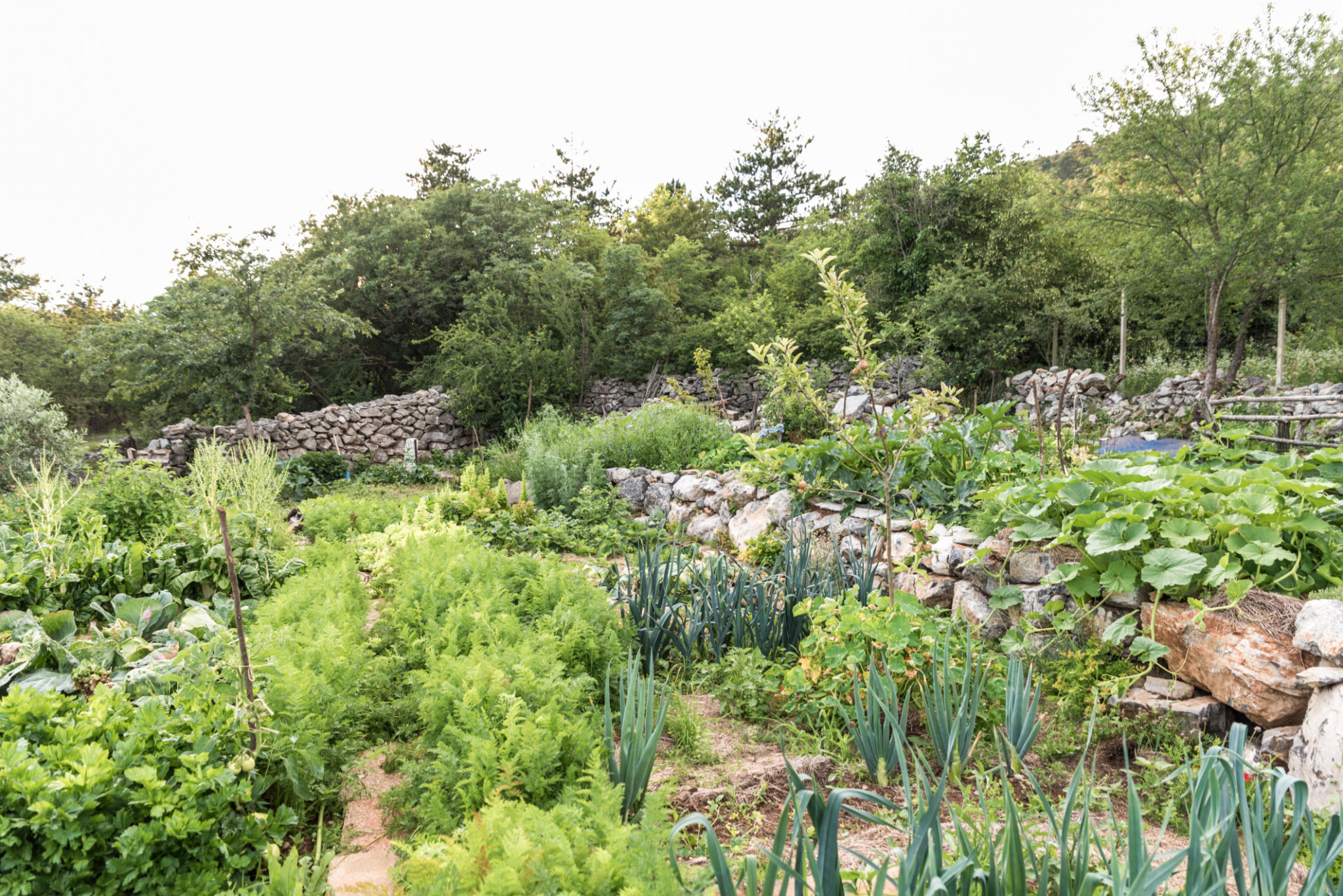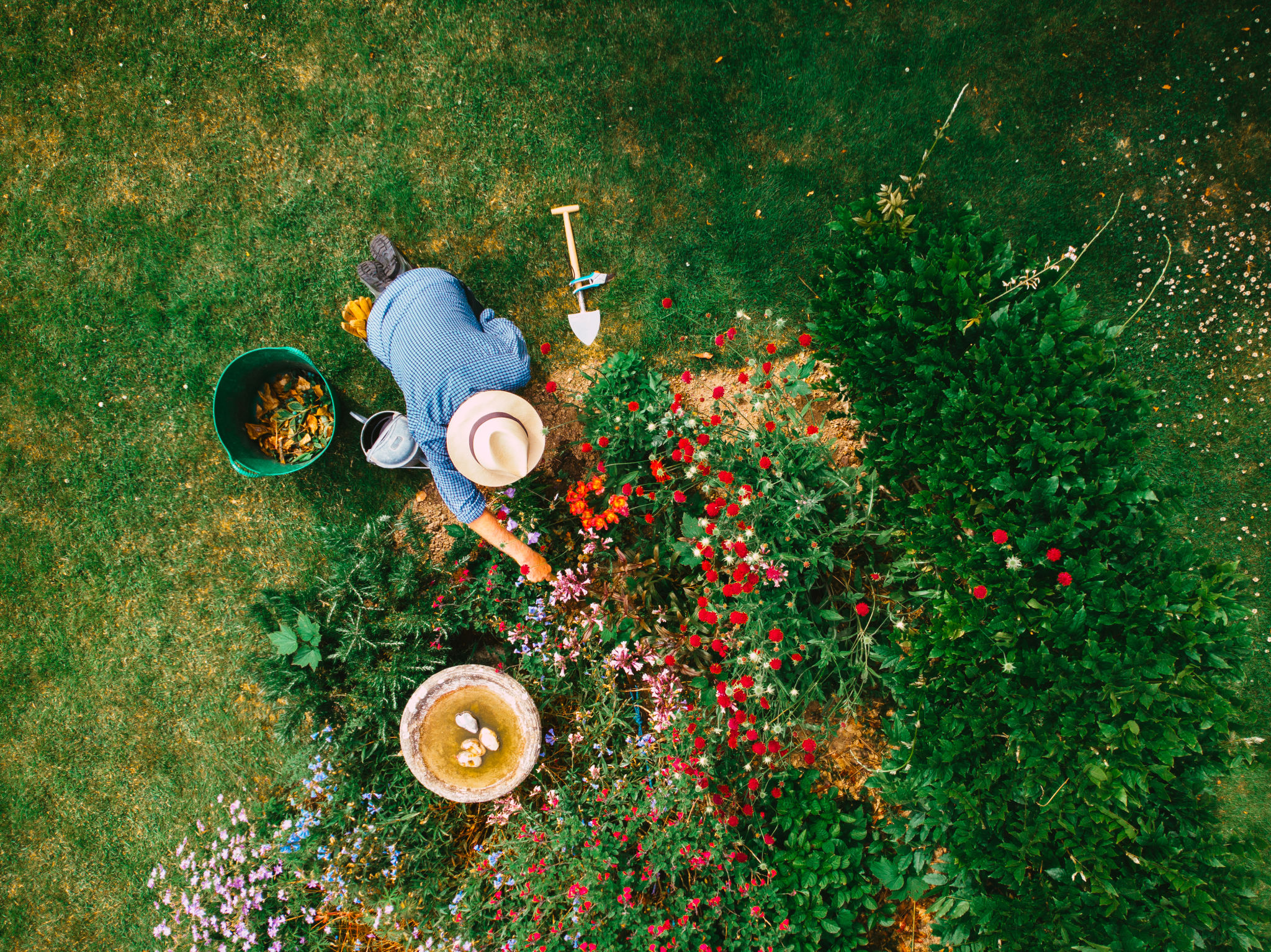How Local Climate Impacts Your Townhome's Landscaping Needs
Understanding Local Climate
When it comes to landscaping your townhome, the local climate plays a crucial role. It influences the types of plants that will thrive, the maintenance required, and even the aesthetic choices available. Understanding your local climate can help you make informed decisions that will keep your landscape vibrant and sustainable throughout the year.
Different climates present unique challenges and opportunities for townhome landscaping. Whether you reside in a region with a dry desert climate, a humid subtropical zone, or a temperate maritime area, each setting demands specific strategies to ensure a flourishing landscape.

Choosing Climate-Appropriate Plants
One of the most significant aspects of adapting your landscaping to the local climate is selecting plants that are naturally suited to your environment. Native plants are often the best choice as they have evolved to survive in the local weather conditions.
In arid climates, consider drought-tolerant plants such as succulents and cacti. In contrast, areas with abundant rainfall may support a variety of lush, green vegetation. Using native plants not only ensures better growth but also reduces the need for excessive watering and maintenance.
Watering Strategies
The local climate significantly impacts your townhome's watering needs. In hot and dry areas, efficient irrigation systems like drip irrigation can help conserve water while keeping your landscape healthy. It’s important to water deeply but infrequently to encourage deep root growth.
Conversely, in regions where rainfall is ample, it's essential to ensure proper drainage to prevent waterlogging and root rot. Installing rain gardens or using permeable paving can assist in managing excess water effectively.

Soil Considerations
The type of soil in your region also affects landscaping choices. Sandy soils are common in coastal areas and require plants that can handle quick drainage, while clay soils retain water longer and may need more organic matter to improve aeration and drainage.
Testing your soil can provide valuable insights into its composition and nutrient levels, allowing you to amend it appropriately. Adding compost or mulch can enhance soil structure, providing a better growing environment for your plants.
Seasonal Maintenance
Climate dictates the kind of seasonal maintenance your landscape will require. In colder regions, preparing your garden for winter by mulching and pruning is essential to protect plants from frost damage. On the other hand, in warmer climates, regular trimming and pest control might be necessary year-round.

Understanding the seasonal changes in your area allows you to anticipate and plan for necessary tasks, ensuring your townhome's landscape remains healthy and attractive throughout the seasons.
Aesthetic Considerations
The aesthetics of your townhome's landscaping can also be influenced by the local climate. For instance, in areas prone to dry spells, utilizing rock gardens or xeriscaping can create visually appealing yet low-maintenance landscapes.
In contrast, regions with frequent rain can support lush gardens with vibrant flowers and expansive lawns. Choosing hardscape elements and plant colors that complement the natural surroundings will enhance the overall appeal of your outdoor space.
Conclusion
Your townhome’s landscaping needs are intricately tied to the local climate. By understanding and adapting to your environment, you can create a beautiful, sustainable outdoor space that enhances your home’s curb appeal while minimizing maintenance efforts. Embrace the unique characteristics of your climate and let them guide your landscaping choices for a thriving garden all year round.